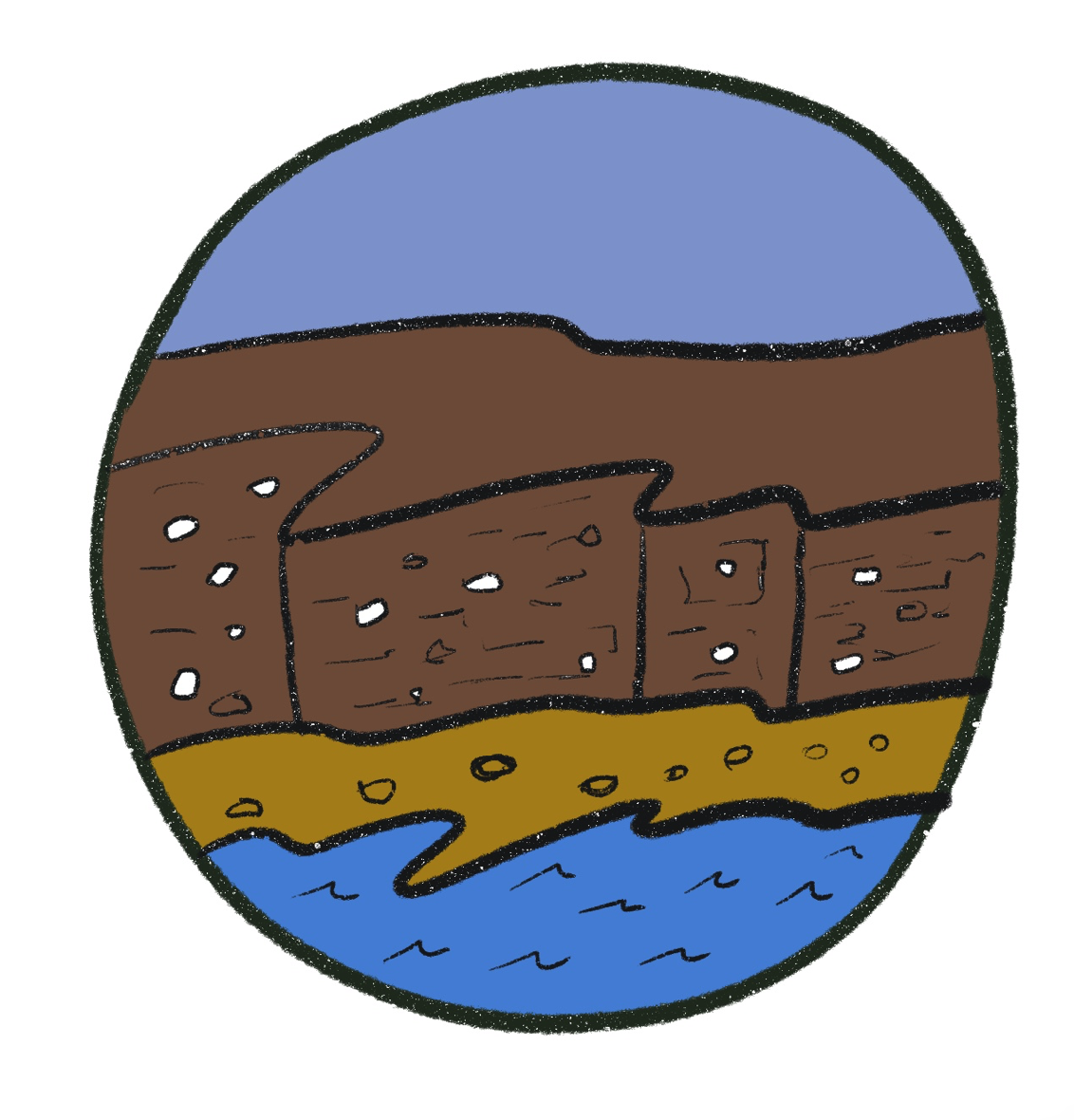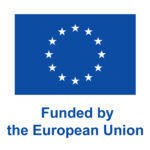Project Description:
The project aims to better understand and protect the waterfront habitats of the Baltic Sea through innovations to the citizen science approach: networking, interdisciplinarity and accessibility of research. It will provide citizen research data about mesoplastic and seaweed distribution on Polish coastal lines, followed by their incorporation in environmental studies, carried out by scientists in the Institute of Oceanology of Polish Academy of Sciences in Sopot (IO PAN).
Project Type: Sustaining
Theme: Healthy Planet, Coast
Mentor: Karen Soacha
Citizen Science for Everyone
There are projects and research for which scientists may need help from every one of us.
It is on such occasions that citizen science comes to the rescue.
The Experyment Science Centre in Gdynia in cooperation with the Institute of Oceanology of the Polish Academy of Sciences adopted a citizen science approach for the execution of their See Science, Save Seahorses initiative.
Within this, the centre is co-creating and coordinating two research projects concerning: the search for mesoplastics and the presence of bladderwrack seaweed on Baltic beaches, which was conducted with funding and support received from the IMPETUS programme.
The first part of this project focuses on research aimed at assessing environmental conditions and human impact on the environment. By investigating the amount of mesoplastic present on Baltic beaches and the generation of maps showing its distribution along the Polish coast. Based on this, scientists can determine how mesoplastics enter the marine environment and the way that sea currents distribute them along Polish beaches.
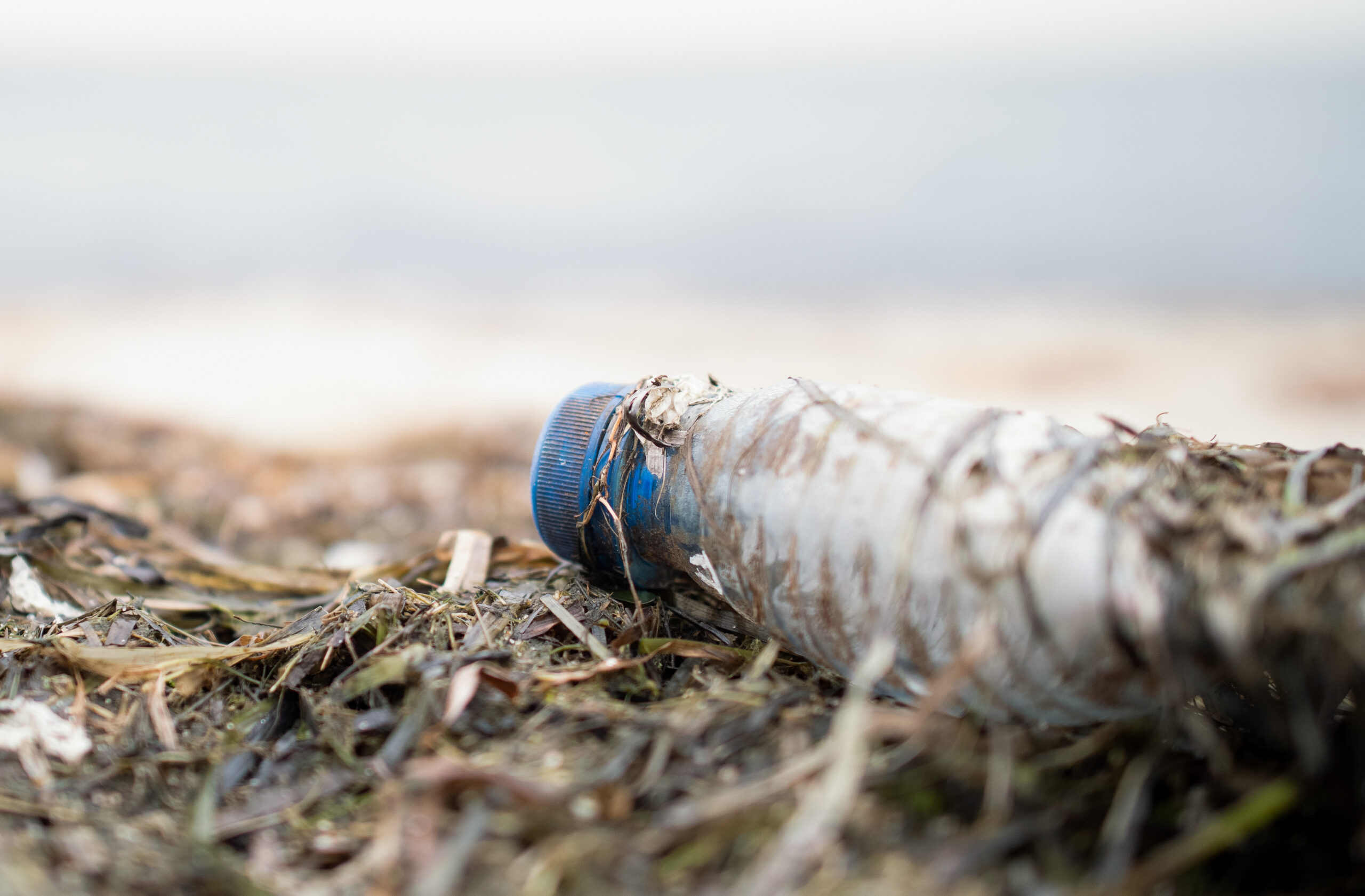

The second project concerns bladderwrack algae, which used to be abundant in Polish waters but has subsequently disappeared completely from this part of the Baltic Sea. With the help of citizen scientists, researchers may determine whether bladderwrack has started to once again grow along the Polish coastline or whether it only continues to float there from other parts of the Baltic.
Many projects undertaken by scientists require collecting large numbers of samples, from as broad an area as possible. Citizen science steps in when scientists are unable to perform such extensive tasks by themselves.
The project is aimed at building environmental awareness among high school students from both the Tri-city conurbation and the surrounding rural areas. Field research lessons are preceded by lectures given by scientists. During these talks, pupils become familiar with a given issue, and just moments later they can experience it firsthand when collecting samples. After these sessions, the students involved indicated that thanks to the field trips, they had not only learned about the theoretical but also became familiar with the practical side of scientific research.
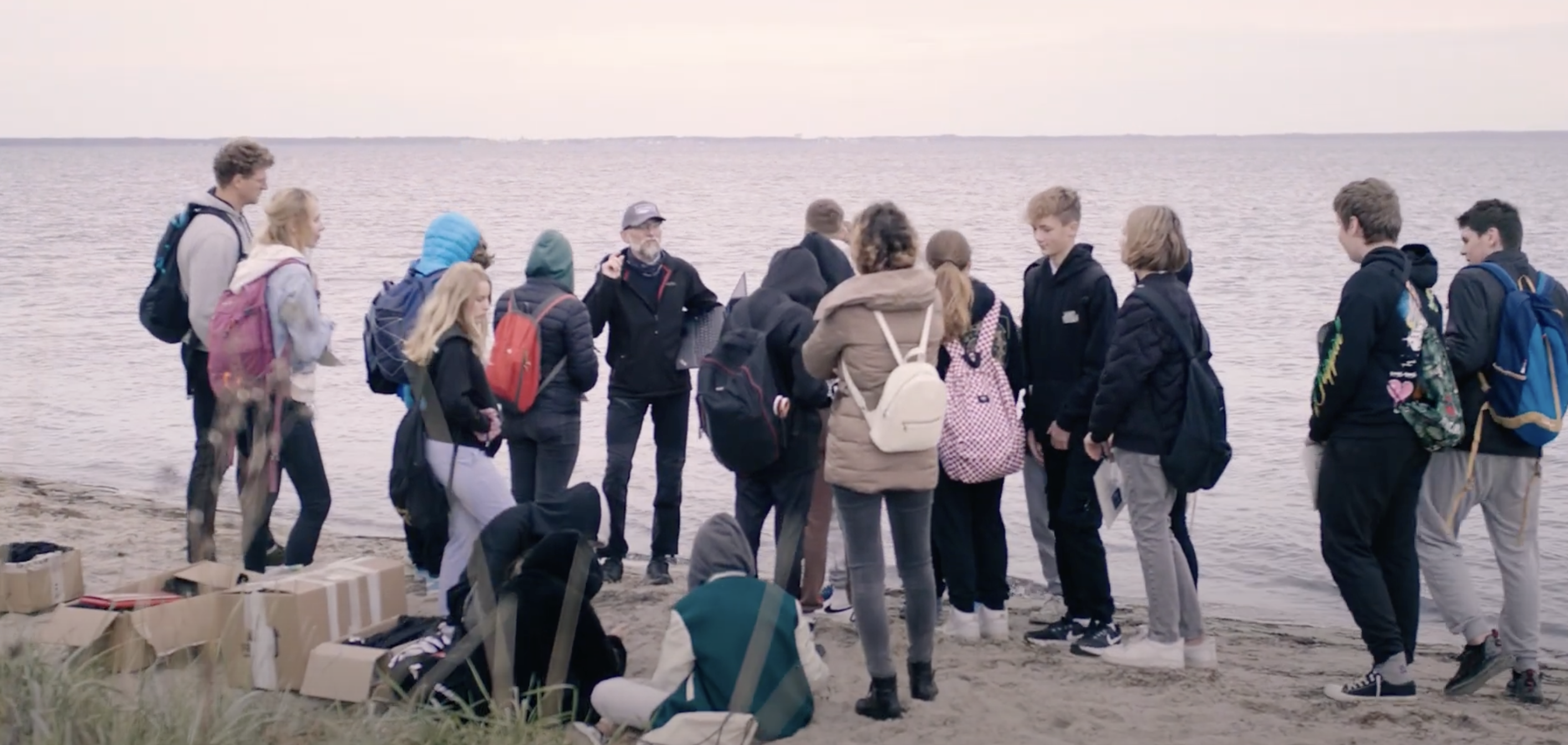
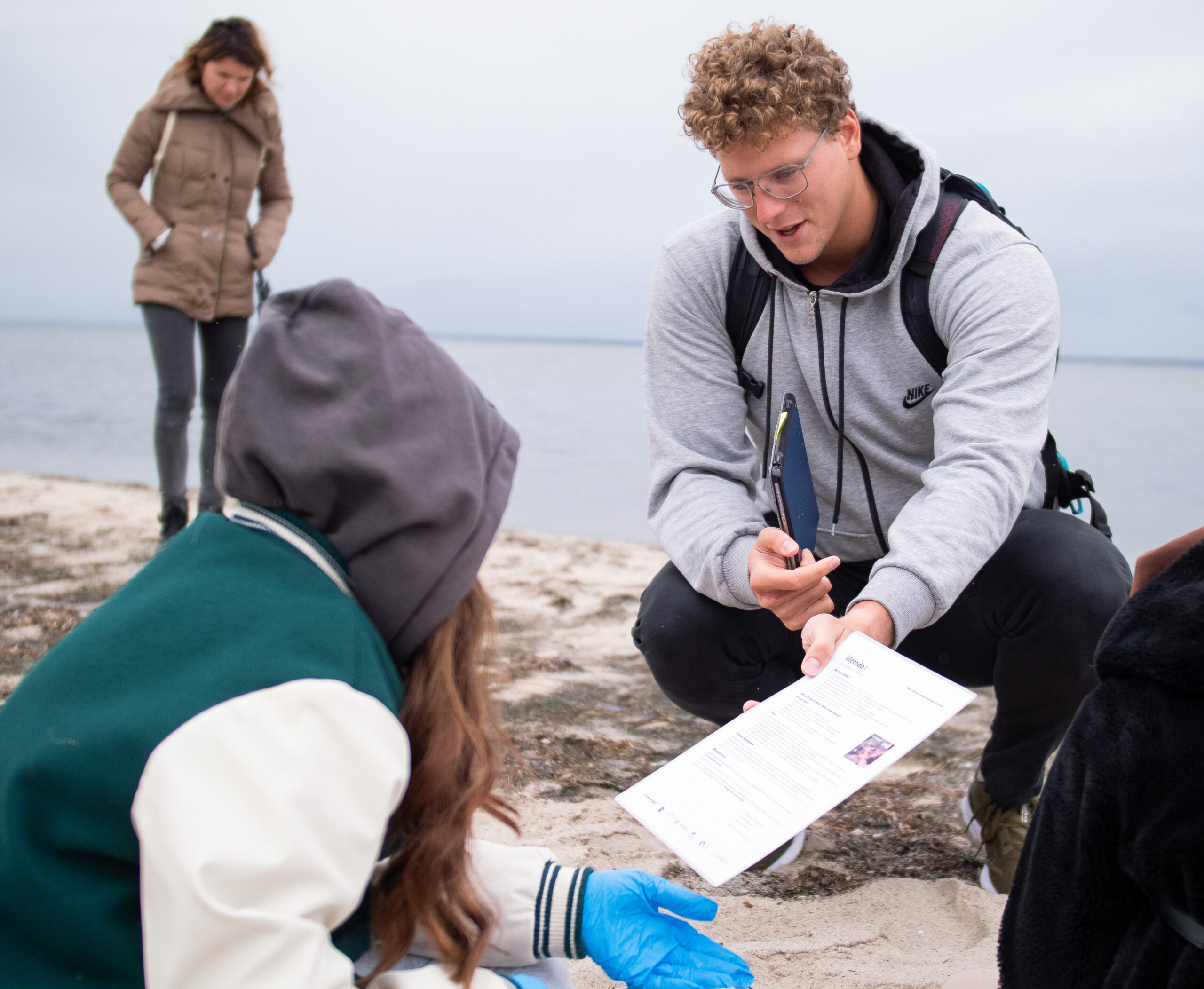
Around 1,000 mesoplastic samples collected by citizen scientists continue to be processed and analysed by scientists. This process involves the assessment of the chemical and physical composition of samples which allows for more precise data on the impact of mesoplastics on the marine environment to be determined. The results of these analyses will be employed to gain a deeper understanding of the scale of the plastic pollution problem in the seas and to develop more effective strategies for marine environment protection.
The bladderwrack research project is in its final stages. We already know that most of the seaweed fronds found on Polish beaches had drifted in from other parts of the Baltic. Therefore, at this point, there is no clear-cut evidence that algae has returned to the Polish coast.
However, there is a certain encouraging sign coming from the Bay of Puck, as one of the bladderwrack fronds located there was found attached to a stone. This fact practically rules out the possibility that it had drifted in from the waters around Bornholm.
The project scientists plan to send divers to the location where this piece was collected and research the chances of bladderwrack returning to Polish waters.
But, how does one become a citizen scientist?
Just find a project you are interested in and then, following the correct procedure, carry out the specified research task and forward your results to the relevant institution. Projects connected with citizen science are constructed in a way which does not require the use of sophisticated equipment for taking measurements.

